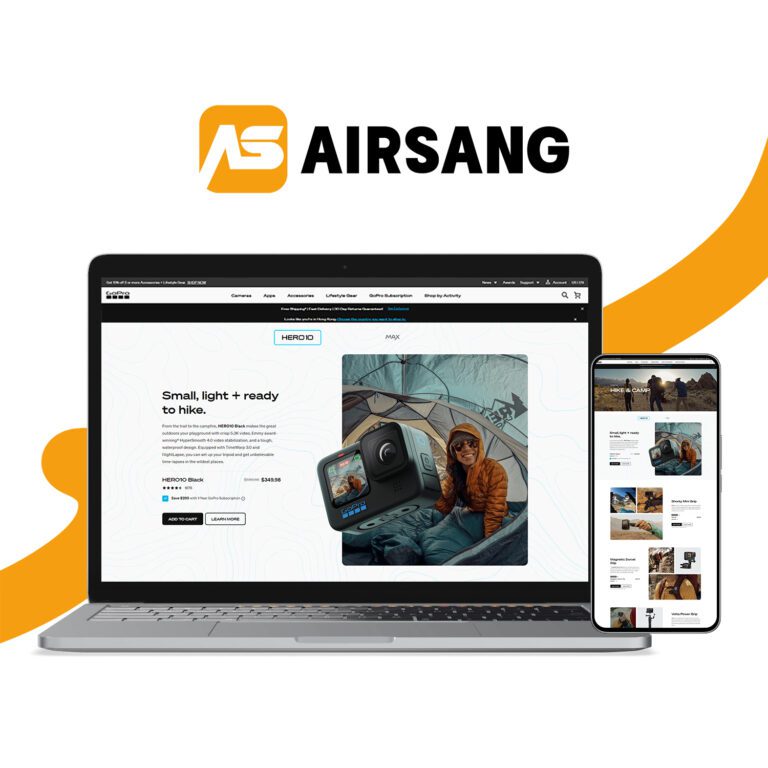WordPress WebP Uploads Blank? You Won’t Believe This Fix

Introduction:
WebP is a modern image format known for its superior compression and fast loading times. However, WordPress users often face issues when uploading WebP images, such as a “blank” screen or error messages. This post will explore common causes and practical solutions to resolve the WebP upload blank issue in WordPress.
Understanding the WordPress WebP Uploads Blank Issue
Before diving into the solutions, it’s essential to understand the root cause of the issue. When you try to upload WebP images to your WordPress media library, the image appears blank or does not show at all. This issue can happen due to several reasons, including plugin conflicts, outdated server configurations, or incorrect file permissions.
Common Causes of WebP Upload Failures in WordPress
- Unsupported WordPress Version or Server Configuration:
WordPress started supporting WebP images natively in version 5.8. If you’re using an older version, it might not recognize WebP files. Additionally, some web hosting environments may lack the necessary configurations to support WebP uploads. - Plugin Conflicts:
Certain plugins, especially those handling image compression or file uploads, might not support WebP or could be causing conflicts. For instance, security plugins might block WebP uploads mistakenly, thinking they are unsafe. - Incorrect File Permissions:
If the folder where WordPress stores media files has improper file permissions, WebP images may fail to upload, resulting in a blank screen or a failed upload notification. - Browser Incompatibility:
Although most modern browsers support WebP, some older versions might struggle to display WebP images, leading to the appearance of a blank space where the image should be.
How to Fix the WordPress WebP Uploads Blank Issue

Now that we’ve identified the common causes of the issue, let’s explore actionable steps to fix it and ensure smooth WebP image uploads on your WordPress site.
Step 1: Update WordPress and Plugins
The first and most important step is ensuring that both your WordPress installation and all installed plugins are up to date.
- WordPress Update:
Ensure that you’re using WordPress 5.8 or higher. You can update WordPress through the dashboard by going to Dashboard > Updates and clicking the “Update Now” button if an update is available. - Plugin Update:
Update all installed plugins by navigating to Plugins > Installed Plugins and selecting “Update” for any plugins that are out of date. Pay special attention to image-related plugins or any caching and security plugins.
Step 2: Check Server Configuration for WebP Support
Ensure your web server supports WebP images. If you’re using Apache, you may need to adjust the server’s .htaccess file. For Nginx users, adjustments to the server block configuration may be necessary.
- For Apache servers:Add the following code to your
.htaccessfile to enable WebP support:AddType image/webp .webp - For Nginx servers:Add the following to your Nginx configuration file to enable WebP support:
location ~* .(webp)$ {
add_header Content-Type image/webp;
}
This code will instruct the server to recognize WebP files as valid image types.
Step 3: Use a WebP-Compatible Plugin
If your current WordPress setup doesn’t natively support WebP images, you can use a plugin to enable WebP support. Several plugins like WebP Express or EWWW Image Optimizer offer seamless WebP compatibility.


- WebP Express:
WebP Express automatically converts uploaded images to WebP and serves them to compatible browsers. It also handles the fallback for browsers that don’t support WebP, ensuring compatibility across all devices. - EWWW Image Optimizer:
This plugin optimizes images in real-time and supports WebP image conversion. It can also serve WebP images for browsers that support it and fallback to the original format for those that don’t.
Step 4: Fix File Permissions Issues
WebP image uploads can fail if your media folder has improper file permissions. To fix this:
- Connect to your WordPress site via FTP or use the File Manager in cPanel.
- Navigate to the wp-content/uploads folder.
- Ensure that the permissions for this folder and its subdirectories are set to 755 and the files to 644.
If you’re unsure, contact your hosting provider to ensure the media folder is accessible for file uploads.
Step 5: Disable Conflicting Plugins
Sometimes, security, caching, or image optimization plugins can block WebP image uploads. To test for plugin conflicts:
- Deactivate all plugins except for the ones necessary for image optimization (like WebP Express or EWWW Image Optimizer).
- Try uploading a WebP image again.
- If the upload works, reactivate each plugin one by one and check after each activation. This process will help you identify the conflicting plugin.
Once identified, you can either configure the plugin settings to allow WebP uploads or find an alternative plugin that doesn’t cause the conflict.
Step 6: Clear Cache and Browser History
If the issue persists even after implementing the steps above, try clearing the browser cache and the WordPress site cache. Cached files can sometimes prevent WebP images from appearing correctly.
- Clear WordPress Cache:
If you’re using a caching plugin like WP Rocket or W3 Total Cache, clear the cache via the plugin settings. - Clear Browser Cache:
In your browser, go to settings and clear the cache to ensure the browser fetches the most recent images.
Preventing Future WordPress WebP Upload Issues
Once you’ve resolved the WebP upload issue, you can take some proactive steps to prevent it from happening again.
Regularly Update Your WordPress Setup
- Keep your WordPress core, themes, and plugins up to date to ensure compatibility with newer image formats like WebP.
- Regularly check for server-side issues that may cause problems with media file uploads.
Use a WebP-Compatible CDN
A Content Delivery Network (CDN) can improve image delivery speeds and provide WebP image support. Ensure your CDN (e.g., Cloudflare or KeyCDN) is configured to serve WebP images for compatible browsers.
Monitor for Plugin Conflicts
- Keep an eye on plugin updates and potential conflicts by testing image uploads whenever new plugins are added or updated.
- Regularly review plugin compatibility with WebP to ensure your media workflow remains seamless.
Conclusion
The WordPress WebP uploads blank issue can be frustrating, but by understanding its common causes and applying the right solutions, you can easily resolve it. Ensure your WordPress site, plugins, and server are configured correctly for WebP, and use compatible plugins for smooth image uploads. Always test after making changes to confirm the issue is resolved. With these solutions, your WordPress site will display high-quality WebP images without any issues.
At AIRSANG DESIGN, we specialize in building optimized WordPress websites, and resolving issues like these is a part of our commitment to delivering top-notch, fully functional websites for our clients. If you need assistance with optimizing your website or resolving WordPress issues, feel free to reach out!
















